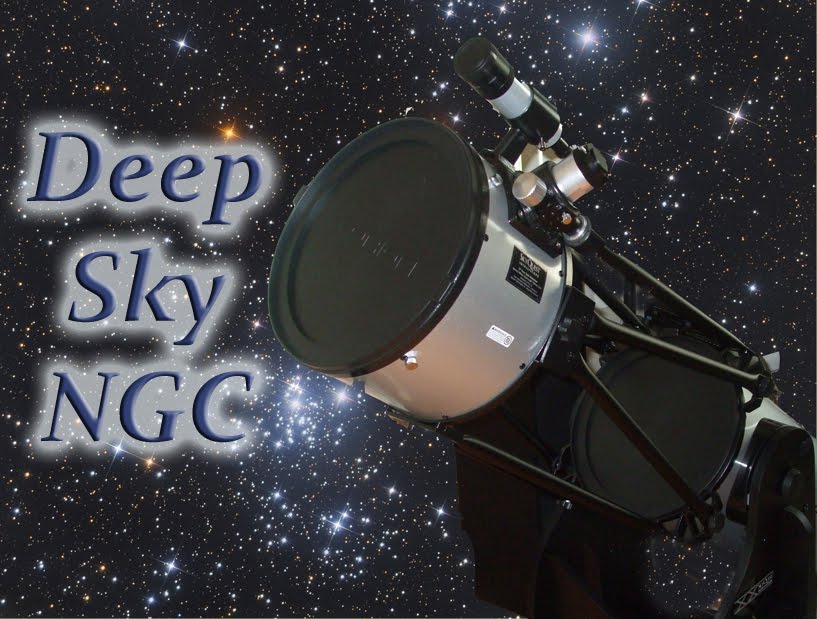And when were they, exactly? Were there any golden years in my long and busy amateur astronomy life? You betcha. I've been rereading the first volume of my astronomy logbooks, covering 4 1/2 years of observing from the late 1960s to the early 1970s. It makes for fascinating reading, if not always scientifically helpful. I began with 6 x 30 binoculars, quickly graduating to a 3" plastic telescope my Uncle Jimmy had in a storage locker. That same telescope, a toy mock-up of the 100" Hale telescope, also featured in a Gumby and Pokey cartoon. Did anyone else have such humble beginnings? When that scope had outlived its usefulness I purchased a K-Mart tabletop refractor of 40 mm, and a telescoping eyepiece that gave 15x to 50x. That was actually quite a step up from the toy reflector. But then came that golden year, the first of many for my observing hobby, and in 1971 my dad bought me a beautiful looking 4 1/2" Tasco reflector, their famous "Lunagrosso" scope, or "Big Moon." I was now in the big leagues for sure!

I have been an amateur astronomer since 1968. I hope to share suggestions on making observing sessions more pleasurable and rewarding. I will also share my experiences and descriptions of observations, including my relentless pursuit of NGC objects. Any topic of interest to amateurs may be found here, especially suggestions from readers. Most of my observations are done with an Orion 12" Dobsonian.
Tuesday, 11 March 2025
The Golden Years: Part 1
The mighty mirror of my 2.9" reflecting toy telescope. This was my first scope, and brought much joy when pointed at the moon and the Pleiades, among other astronomical objects.
All kidding aside, those were among the most fun and the most frustrating years of my astronomy love affair. For one thing I lived in Sudbury, a mid-Northern Ontario mining city that still has very brutal winters. Cold temperatures and feet of snow made observing impossible from early November through early March. I observed from my front yard, beneath a streetlight! And the INCo smokestacks belched out their sulphur 24 hours a day, usually obscuring my limited amount of open skies. Today no one would put up with some of the crap I had to wade through just to see through an eyepiece. When a clear and unpolluted night did roll around, there were frequent aurora that would enclose the entire sky, eliminating any hope of seeing deep sky objects. Hardly golden times for observing, no?
Of course it was the Apollo Lunar program that got many of us interested in the heavens in those days. I first looked seriously at the moon (it was full) in November of 1968, but it wasn't until March 1969, several months ahead of the first manned landing, that I had my first telescopic view of the lunar surface. It was a mind-blowing experience, to say the least. By the end of 1971 I was a seasoned observer, though aching for a 6" or even (gasp) an 8" scope. I had seen the fabulous Mars opposition of that summer, and was now quite adept at spotting detail on Jupiter. I continued exploring the lunar surface, as well as keeping good sunspot activity records. But it was the deep sky that called to me more and more. I had seen planetary nebulae, open clusters, double stars, and though I viewed globular clusters too, I longed for a scope big enough to resolve them into stars. I would have to wait until 1978 for that. So 1971 was my first real "golden" year of observing. We had a cottage far from city lights where I was able to observe in summer, though summer jobs often kept me away. But I saw M 101 with a 4.5" reflector that summer, something that blew my mind. Even a spiral structure was seen; that's just how dark those skies were there, even in summer when darkness didn't come till nearly midnight.
The 4 1/2" reflector, from a recent E-Bay image. I sold mine to a non-observing friend. I still see it once in a while.
That first volume of notes contains 80 separate observing sessions, some of those doubled as daytime ones and night. I am no artist, but the book is filled with drawings, much of them of lunar sites, but Mars is there, too, and Venus, Saturn, Jupiter, and stars. My guide in those early days was the Norton atlas, and small field guides by Menzel and Olcott. And so as warmer temperatures finally arrive (it has been a very cold, windy, and often cloudy winter) in my southern Canada location, I am just as excited to get out and observe again as I was in 1971. I will take that as a good sign, despite having to drive 39 miles each way to get to a decent sky. I know for certain that it is worth it.
Mapman Mike
Subscribe to:
Comments (Atom)


